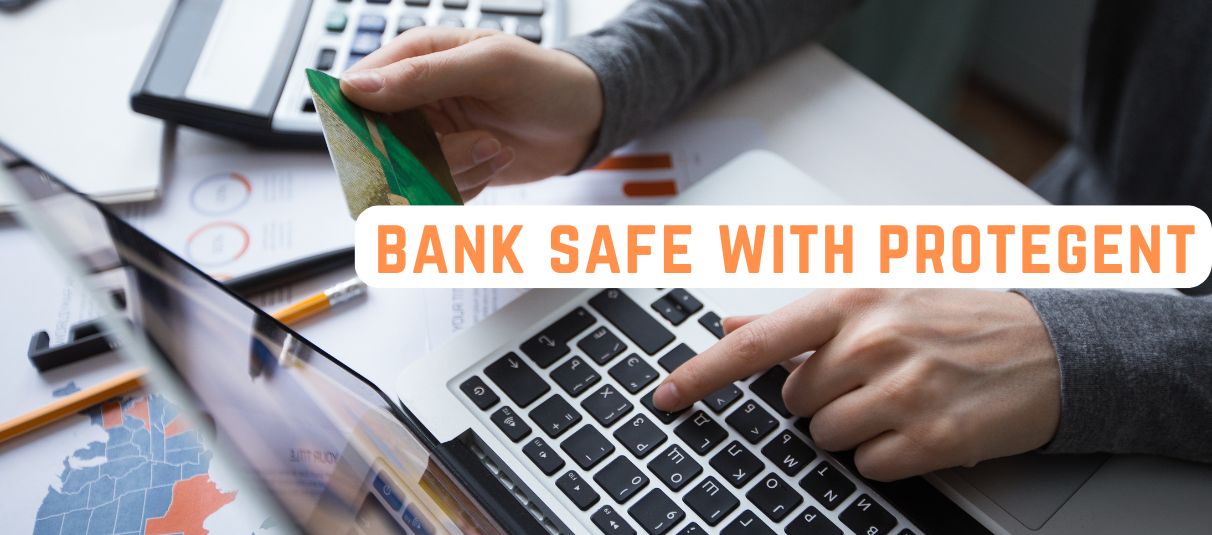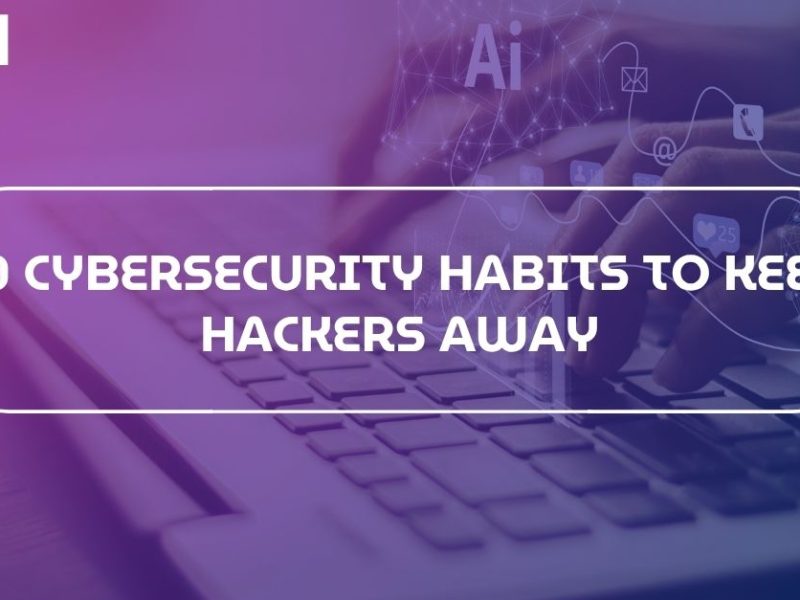
The Alarming Rise of Online Banking Fraud—Are You Protected?
Let’s face it—life has gotten a whole lot easier thanks to the internet. Need to pay a bill? One click. Want to send money to a friend? Done in seconds. From shopping to banking, everything is now just a tap away. There is no need to wait in long lines or deal with paperwork. It’s all online, fast, and hassle-free.
But here’s the catch: while we’re busy enjoying this convenience, cybercriminals are busy too. They’re finding new ways to exploit the digital world, and online banking has become one of their favorite targets. The rise in digital transactions has brought with it a surge in cyber threats, and the numbers are downright scary.
Let’s break it down and see how we can stay safe while making the most of online banking.
The Digital Banking Boom in India
Indian banks have come a long way from the days of manual processes and endless paperwork. Today, you can open a bank account, apply for a loan, or get a credit card without ever stepping into a branch. According to the Reserve Bank of India (RBI), digital payment transactions in India reached a whopping 13,462 crore in FY 2023-24. That’s a clear sign of how much we’ve embraced digital banking.
But as more of us go digital, cybercriminals are finding new opportunities to strike. Let’s look at some eye-opening stats:
The Dark Side of Digital Banking
Financial Phishing Attacks: Between January and June 2024, there were 135,173 financial phishing attacks—a shocking 175% increase compared to the same period in 2023. These attacks often come in the form of fake emails, messages, or websites designed to steal your login credentials or credit card details.
Banking Sector Frauds: The RBI’s annual report for FY 2023-24 revealed 36,075 fraud cases in the banking sector, up from 13,564 the previous year. While the total amount involved dropped by 46.7% to ₹13,930 crore, digital payment frauds—like card and internet banking scams—made up a significant portion of these cases.
Cybersecurity Costs: The average cost of a data breach in India stood at $2.18 million in 2023, a 28% increase since 2020, though still below the global average of $4.45 million. RBI.ORG.IN
Fighting Back Against Cyber Threats
Banks and financial institutions are stepping up their game to protect users. For example, HDFC Bank conducted over 16,600 workshops across India in FY 2023-24, educating more than 200,000 people on safe digital banking practices. These efforts are crucial in helping users stay one step ahead of cybercriminals.
How Can You Stay Safe?
While banks are doing their part, it’s equally important for us to take responsibility for our online safety. Here are 10 practical tips to keep your online banking experience secure:
Use Only Official Banking Apps: Always download banking apps from official app stores or the bank’s website. Avoid third-party links—they’re often traps set by scammers.
Create Strong, Unique Passwords: Choose a combination of uppercase and lowercase letters, numbers, and special characters. And please, don’t use “123456” or “password”!
Avoid Public Wi-Fi: Public Wi-Fi networks are a goldmine for hackers. If you must use one, consider using a VPN to encrypt your connection.
Enable Two-Factor Authentication (2FA): This adds an extra layer of security by requiring a second form of verification, like an OTP or fingerprint scan.
Set Up Transaction Alerts: Turn on SMS or email alerts for all transactions. This way, you’ll know immediately if something fishy is going on.
Always Sign Out: Don’t just close the app or browser—log out every time you finish your banking session, especially on shared devices.
Never Share Your Password or OTP: No legitimate bank will ever ask for your password or OTP. If someone does, it’s a scam.
Install Anti-Virus Software: Keep your devices protected with licensed anti-virus software and update it regularly.
Use Your Own Devices: Avoid using public or shared computers for online banking. If you have no choice, make sure to clear the browser cache and history afterward.
Be Wary of Phishing Emails: If you get an email claiming to be from your bank, double-check the sender’s address. Avoid clicking on suspicious links or downloading attachments.
The Role of Protegent Antivirus in Safe Banking
One of the most effective ways to ensure secure online banking is by using reliable cybersecurity solutions like Protegent Antivirus Software. Protegent offers advanced protection against cyber threats, making online transactions safer and more secure. Here’s how it helps:
Anti-Phishing Protection: Detects and blocks fake banking websites and phishing emails to prevent credential theft.
Real-Time Threat Detection: Monitors your system for malware, trojans, and keyloggers that could steal your banking credentials.
Secure Firewall: Blocks unauthorized access to your network, ensuring your online banking sessions remain private.
Safe Banking Mode: Provides a secure environment for online transactions, reducing the risk of fraud and hacking.
Ransomware Protection: Shields your financial data from ransomware attacks that could lock you out of your banking accounts.
By integrating Protegent Antivirus Software into your digital security routine, you can add an extra layer of protection against cyber threats, ensuring safe and seamless online banking.
Final Thoughts
Online banking has made our lives so much easier, but it’s not without its risks. The convenience of digital transactions comes with the responsibility of staying vigilant. By following the tips I’ve shared and using trusted security solutions like Protegent Antivirus, you can enjoy the benefits of online banking while keeping yourself and your loved ones safe from cyber threats.
Let’s embrace the digital age, but let’s do it wisely. Always be safe rather than sorry!




